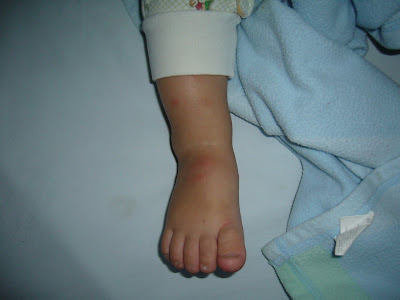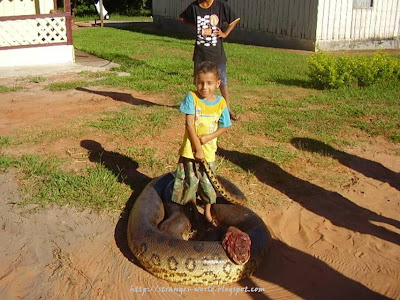 moon jelyfish
moon jelyfish Take for instance jellyfish. We see them all the time. I know what moon jellyfish look like. But what is going on here? Take a look at this thing and tell me it doesn't look strange. The second picture is untouched.One of the moon jellyfish's defining features is the interesting pattern in the center of the disk. In some individuals it resembles a loosely arranged four leaf clover pattern. What is to us an interesting design is actually the reproductive organs.
This jellyfish is a carnivore. It eats plankton that it catches while floating in the water column. Their prey includes a wide variety of small organisms like juvenile mollusks and crustaceans, rotifers, young polychaetes, protozoans, diatoms, tunicate larvae and fish eggs. Tentacles that hang down from the underside of the animal sweep the water, entangling whatever it encounters. Stinging nematocysts are effective at killing their prey and secreted mucus helps hold onto ensnared plankton.




























.jpg)






